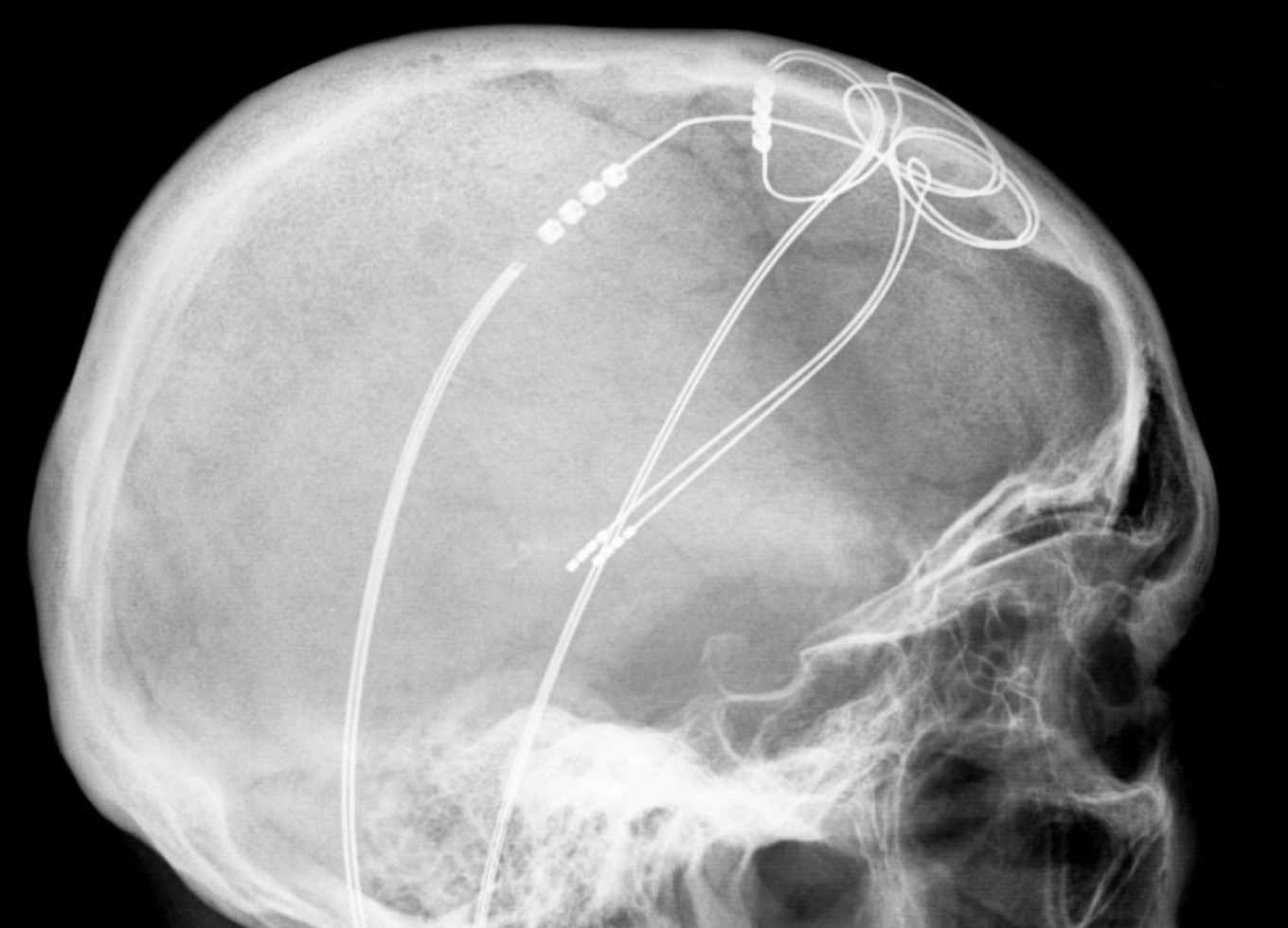Science & Tech
What Could Go Wrong? DARPA Tests AI Brain Implant That Detects and Alters a Person’s Mood

Arguably one of the most terrifying of an endless list of horrifying military creations issuing forth from DARPA, a new AI brain implant capable of detecting a person’s mood — then issuing an electrical shock to change it — is now being actively tested on human beings.
Widely and defensibly deemed ‘mind control chips’ in reports, the implanted chip uses closed-loop “deep brain stimulation” — emitting electronic pulses inside the brain — to automatically alter a person’s mood when triggered to do so.
Six epilepsy patients already implanted spinally with electrodes to track their seizures became the first test subjects for researchers from the University of California and Massachusetts General Hospital to receive the newest development in deep brain stimulation. Scientists could thus use the electrodes in place to monitor brain activity throughout the day. After three weeks, they had amassed sufficient information to create an algorithm using artificial intelligence “to ‘decode’ their moods,” Daily Mail reports. Continuing,
“The MGH team then discovered that by delivering shocks to regions of the brain that deal with decision-making and emotions, participants performed significantly better in set tasks. This included matching images of numbers or identifying emotions on faces. Difficulties with concentration and problems with empathy are characteristics of a range of mood disorders.”
Believed to offer promise for sufferers of chronic depression, PTSD, Parkinson’s, and a host of assorted issues, the mind-altering chip could indeed revolutionize the field of mental health. One patient described for Gizmodo a litany of prescriptions attempted in the quest to halt paralyzing depression — which ended upon receiving the forerunner technology to the DARPA-developed mood-altering chip.
“My greatest hope the day of the surgery was that I would die on the table,” Liss Murphy told Gizmodo of the literal last-ditch effort to pull her from the depths of debilitating depression that had left her essentially unable to leave her bed or venture outside her home, for years.
“I can cobble together a regular day now,” she asserted. “It truly gave me my life back.”
On June 6, 2006, Murphy became the first patient ever to be implanted with the technology for deep brain stimulation to address mental health — and the same team responsible for the groundbreaking procedure and technology then, according to Gizmodo in March, set to work on expanding and improving it — courtesy of $65 million in DARPA funding.
For people like Murphy, who have exhausted every avenue available for relief — from prescriptions to electroconvulsive therapy, and a range of other things — to no tangible avail, DBS may be the one life-giving option where none previously existed.
However, critics from every conceivable field warn resoundingly of the Pandora’s Box of potential chip misuse, abuse, or worse — particularly given the device was the brainchild of one of the U.S. Military’s most secretive and notorious weapons and technology developers, the Defense Advanced Research Projects Agency (DARPA).
In fact, DARPA’s eagerness to bring about deep brain stimulation as an albeit invasive palliative for intractable psychiatric, psychological, and other issues has turned a firestorm into an outright conflagration of controversy — rumors contend the shadowy agency intends everything from mass mind control of the American populace, to the creation of a razor-precision robot army.
Far-fetched? Perhaps. Or, at least, for now.
Additional features and aspects of closed-loop deep brain stimulation sound expectedly Orwellian. For instance, the technology must be monitored — the patient tracked — for indication of relapse and for the obvious purpose of assessing efficacy.
“The exciting thing about these technologies is that for the first time we’re going to have a window on the brain where we know what’s happening in the brain when someone relapses,” Edward Chang, of UC, told Nature.
Both necessary and beneficial for the patient, arguing against recording and tracking data from the implant would be inane — at least, for its stated purpose. Additionally, the thought of ‘decoding’ a person’s moods intimates the ability to control minds — but researchers emphasize the technology is far from capable of mind control.
Clearly, that deep brain stimulation is even possible at this advanced level shows science continues boldly innovating — but, as is too often the unfortunate case, this may once again be innovation far outpacing the human capacity for foresight.
In the rush to cure everyone of every ill, that those who would exploit such innocuous technology for nefarious ends cannot be cast aside as laughably impossible — history, after all, more than proves the folly in ‘my government would never do that.’
Researchers on this and other teams are consulting with neuroethicists, Nature reports, to hammer out the pertinent, imperative, difficult, and convoluted questions arising from the foray into altering minds.
Whether or not they can be satisfactorily addressed — or even all the appropriate questions asked — before closed-loop deep brain stimulation gains acceptance for widespread use will be another matter, entirely.
Image: Wikimedia Commons/Hellerhoff.
Typos, corrections and/or news tips? Email us at Contact@TheMindUnleashed.com
